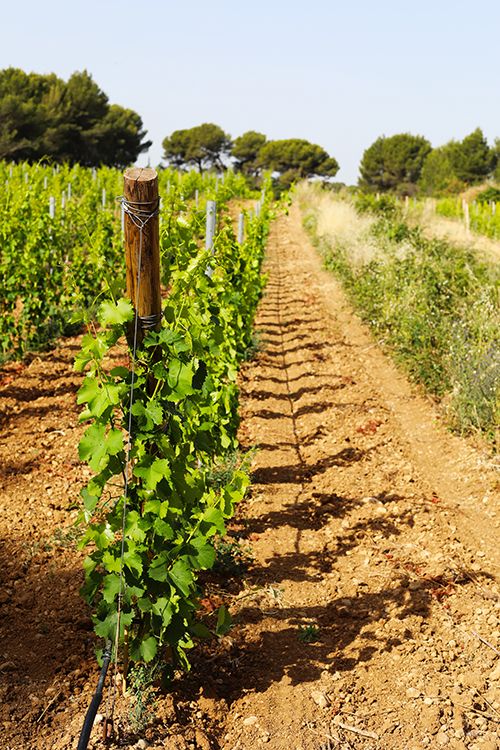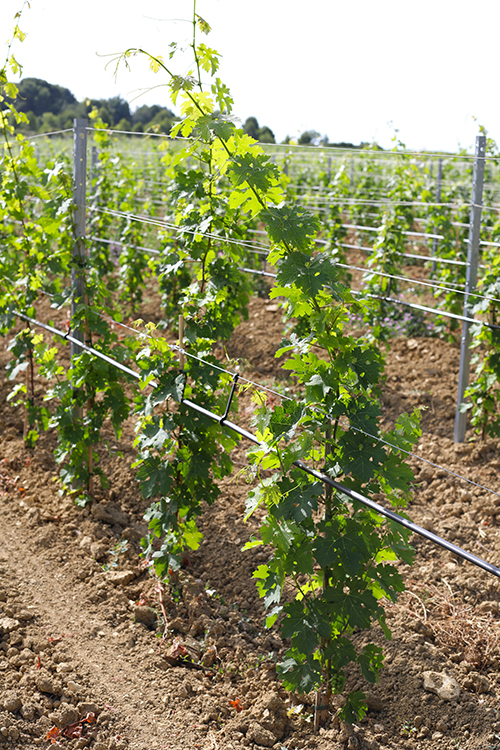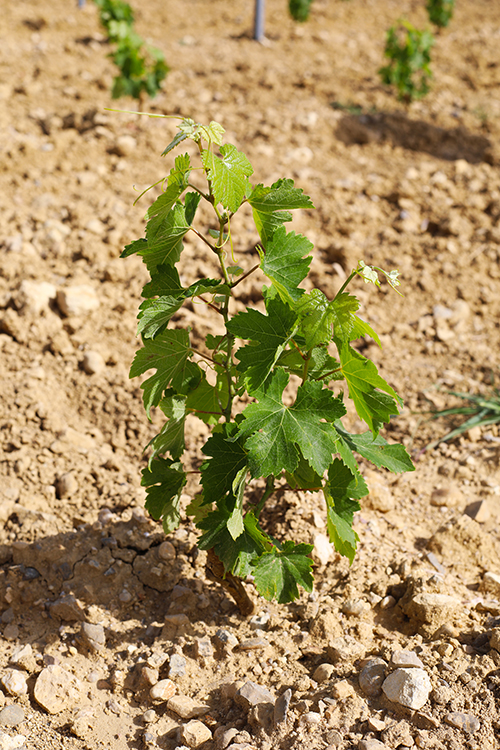The new “tots” of Domaines Paul Mas
Each year, an average of 7 hectares of new vines are planted on our Hérault estates. Grape varieties, rootstock, clonal or mass selection, here is our thought process!
Choice of rootstock
First, we look for the right rootstock according to the type of soil. The rootstock is a variety of vine resistant to phylloxera (a kind of aphids that are pests to the vine) and fitted it will be planted on. The rootstock constitutes the buried part of the vine and serves as a support to the graft. This is the part on which the variety is grafted. This technique of assembling two vine branches resistant to phylloxera dates to 1877.
There are many rootstocks suitable for all kinds of geographical, climatological and type of production. The challenge is to find the right balance between variety / soil type / climate.
The rootstock provides mineral nutrition through the roots. The graft provides the twigs, leaves, and fruits. Their characteristics are not being influenced by the rootstock.
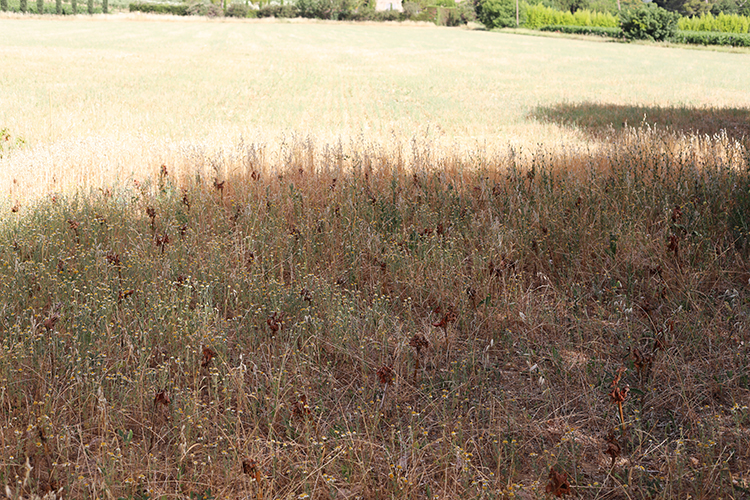
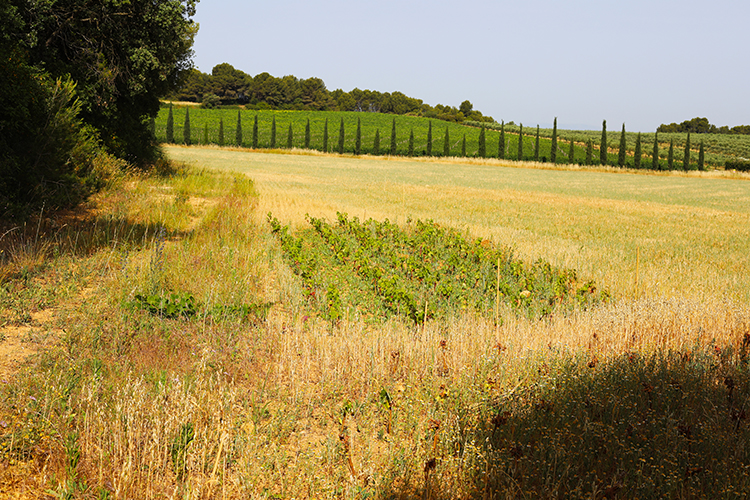
Choice of grafts
Clonal selection grafts are cloned from a single and same strain selected to reproduce it identically. This method has the advantage of producing healthy vines which can then receive official approval. For winegrowers, it is the guarantee of a future healthy vine, capable of producing the quality and quantity sought. But this method has the inconvenience to reduce the genetic diversity.
Mass selection is the oldest method of plant breeding. The massal selection comes from healthy, older, more well balanced in term of production which bear the best quality grapes. This method makes it possible to preserve the viticultural heritage of very old vines.
Although this method is more expensive than planting vines resulting from clonal selection (because these plants are not subsidized), Jean-Claude Mas does not hesitate to use this technique on some of his new plots. His first desire is to bring a unique character to his wines. Environmental issues such as the genetic diversity and the vine’s adaptation to drought and climate change are Jean-Claude’s priority.
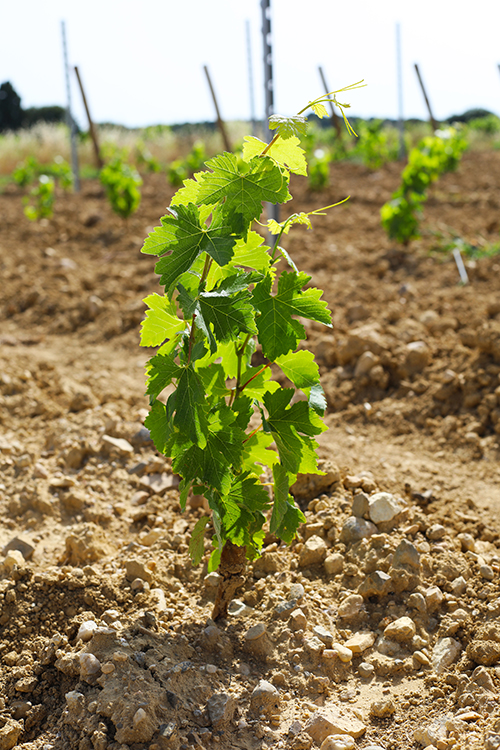
Young vineyard
Once the vine is planted, it is necessary to wait 3 years to 5 years for the first harvest. Its first years will strengthen and solidify the anchoring of the roots in the ground. They develop to accomplish their roles of absorbing water and minerals. Once the roots are more developed, the vine is more resistant. It gives riper and more concentrated grapes for the next decades to come. They then offer more structured wines, a better aromatic complexity of a greater quality.
Each stage of the vine development brings different organoleptic characteristics.
It will take several more years to produce great wines!!!
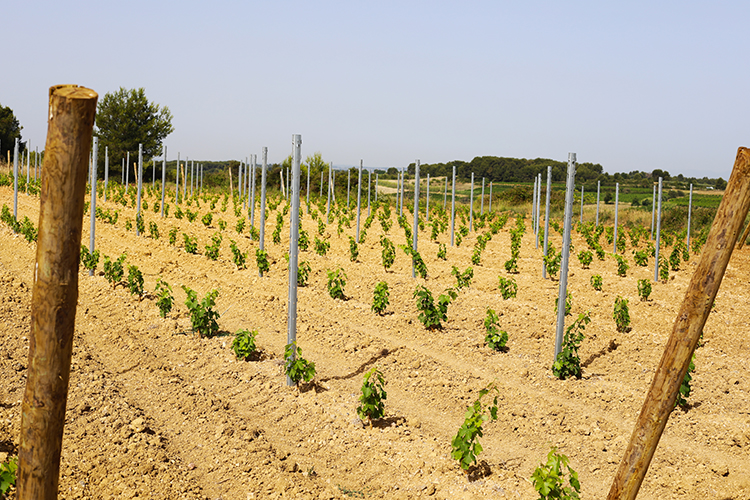
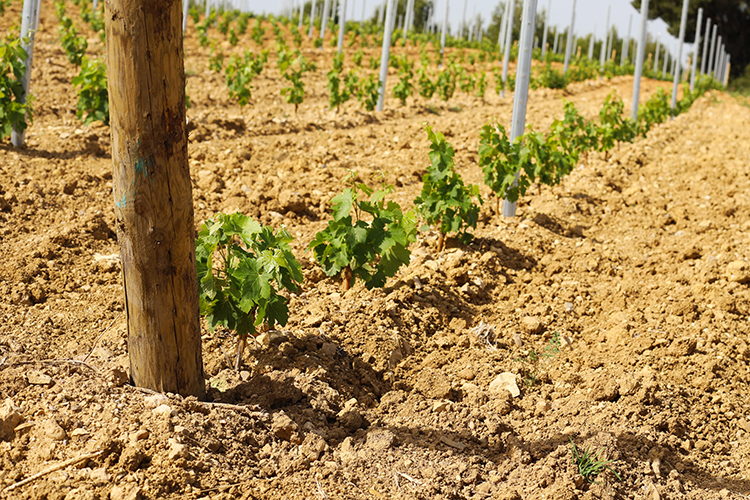
New vineyard 2022
